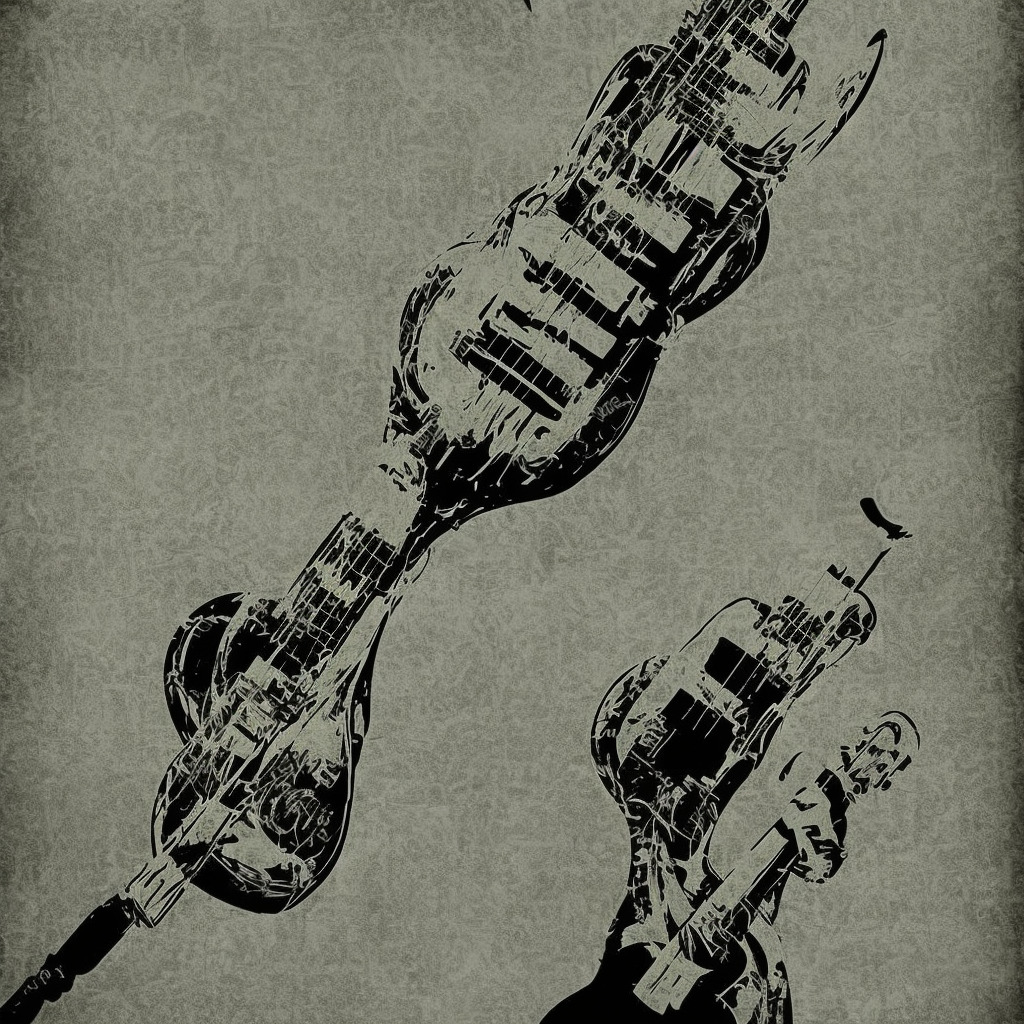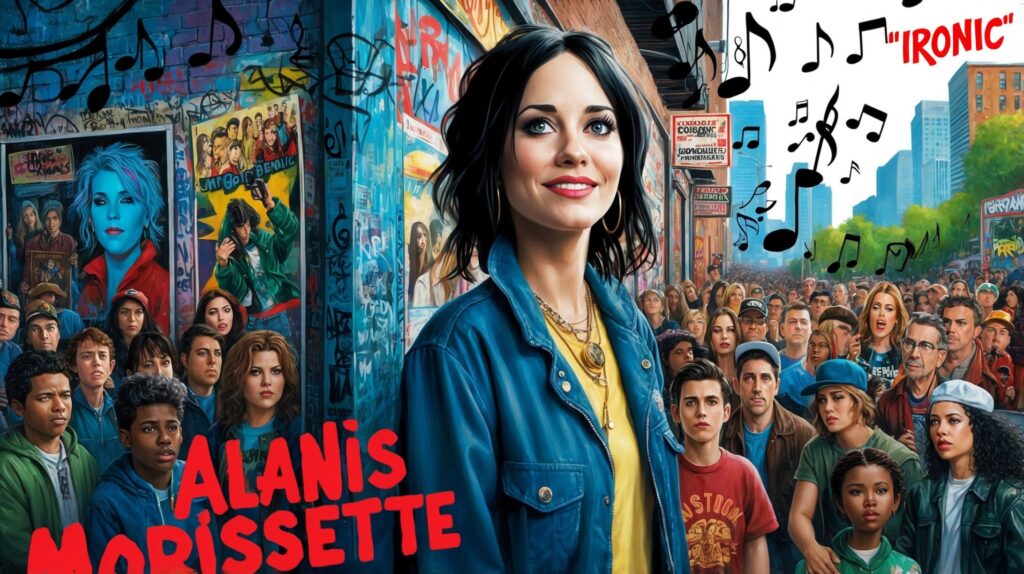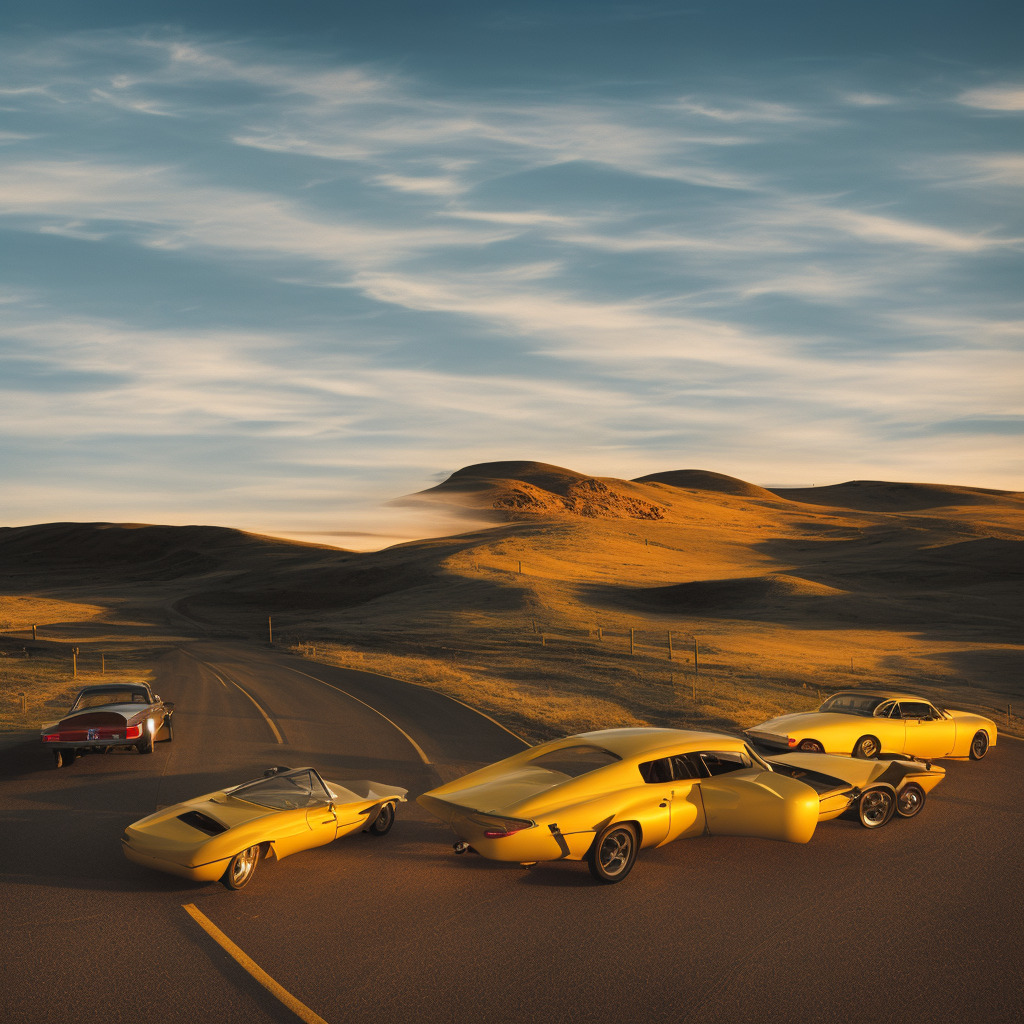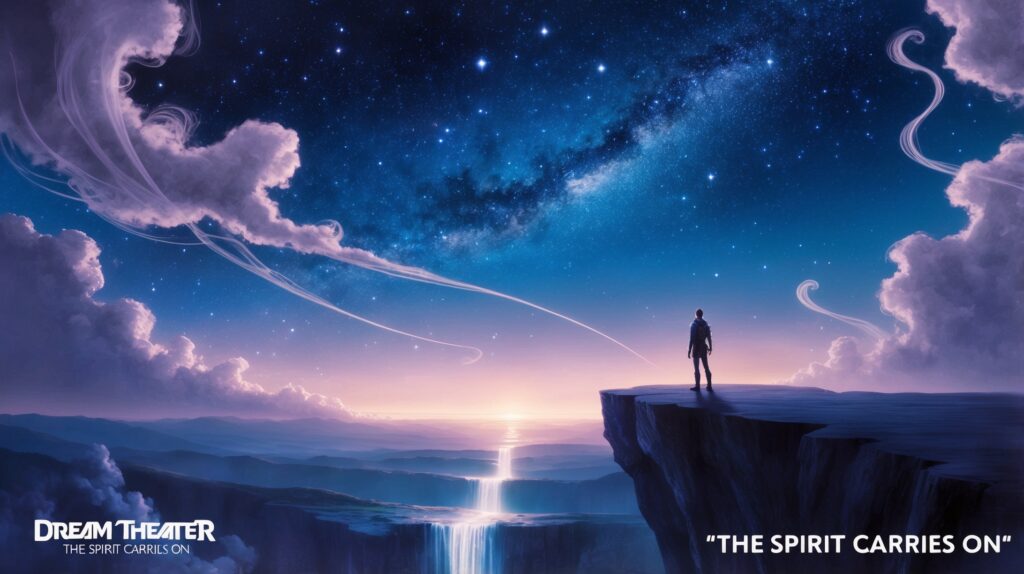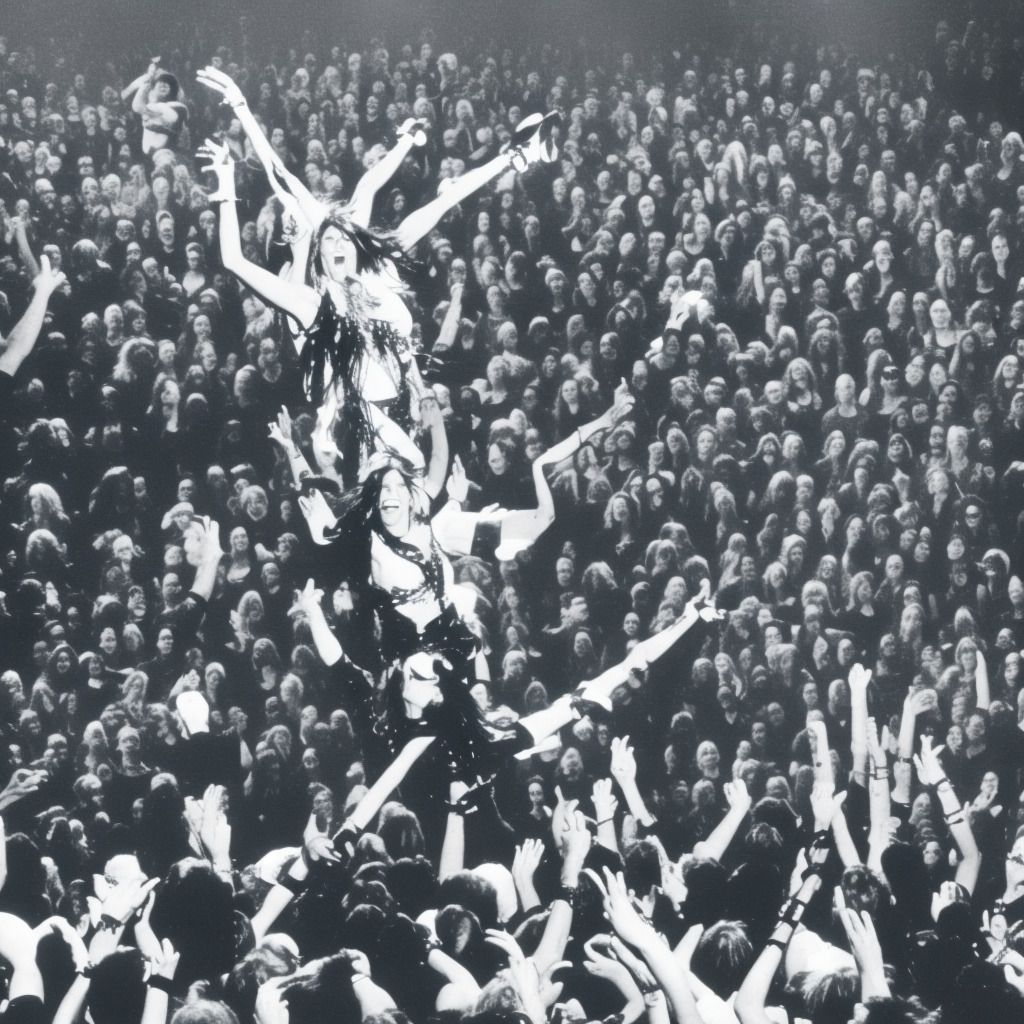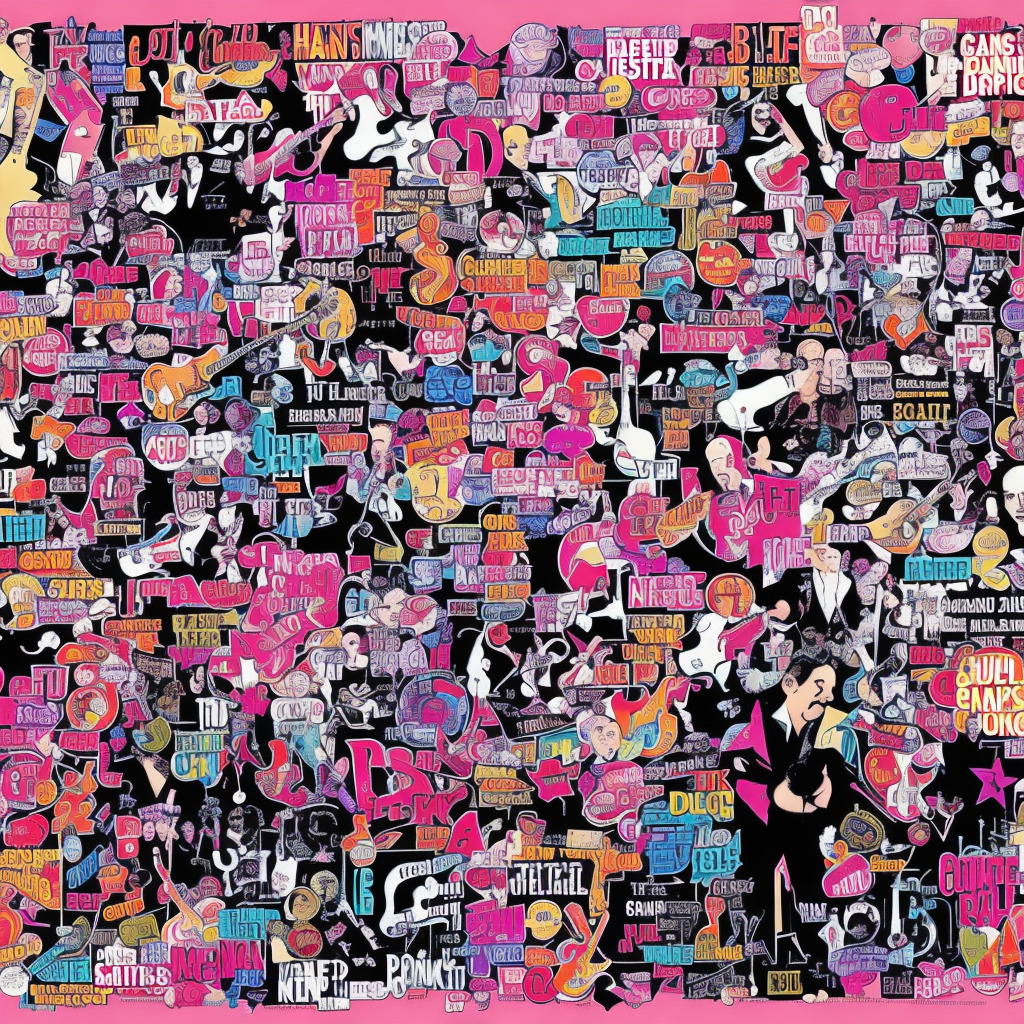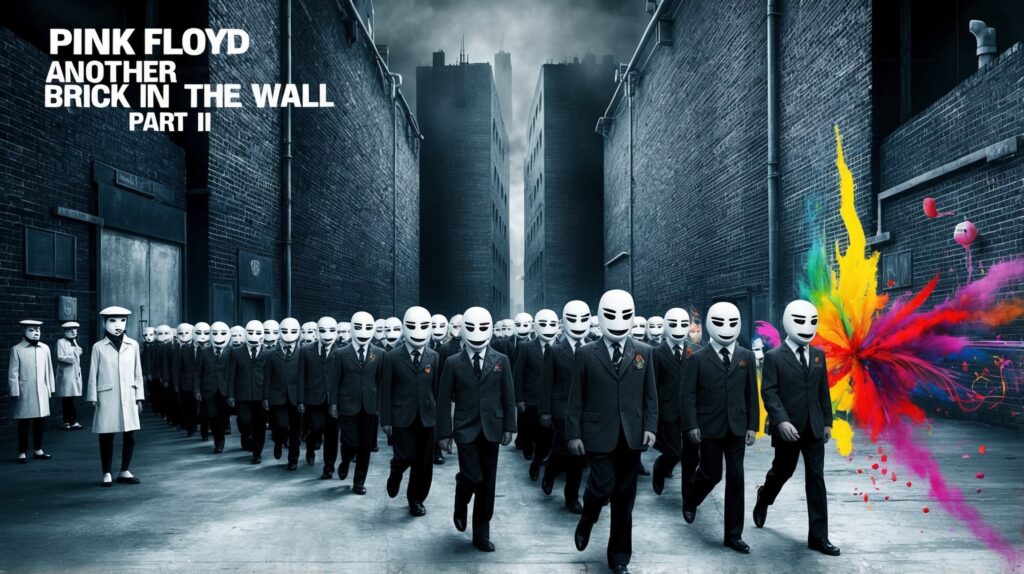?Blast from the past! #DYKWIM by #Oasis turns 24! ?Did you know it samples NWA’s “Straight Outta Compton”? Mixing Britpop and hip-hop since ’97! ?#NowPlaying #FunFact #90sVibes Read about it: tinyurl.com/ms7akeyk
Unraveling the Enigma of ’90s Britpop Icons
Dive into the tumultuous world of ’90s Britpop icons Oasis, exploring their anthemic hits, infamous sibling rivalry, and enduring musical legacy.
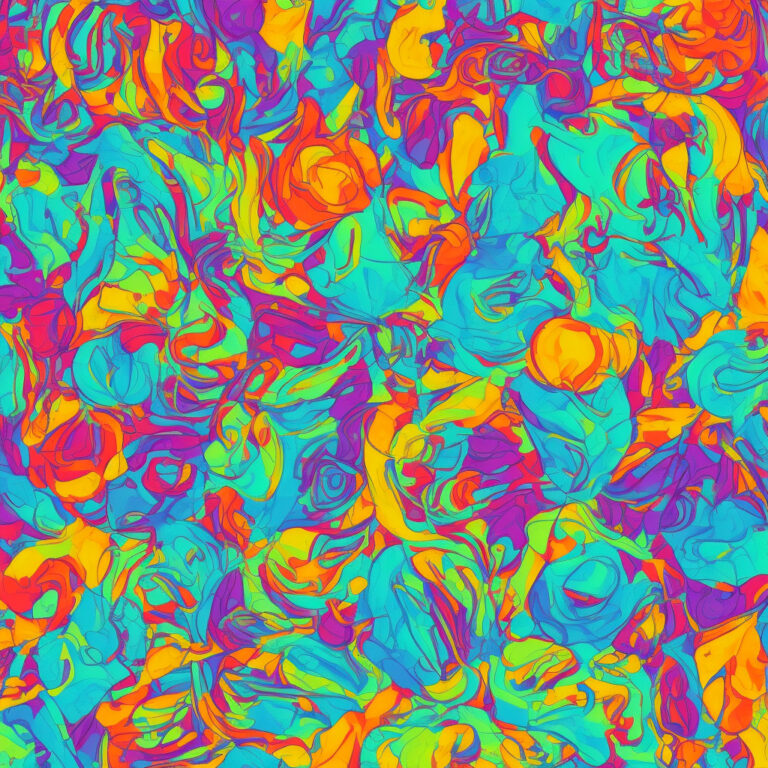
When discussing the monumental impact of ’90s Britpop, one cannot overlook the Gallagher brothers’ brainchild, Oasis. The Manchester-based band, comprised of Liam and Noel Gallagher, Paul “Bonehead” Arthurs, Paul “Guigsy” McGuigan, and Tony McCarroll, was a force to be reckoned with. Oasis skyrocketed to international fame with their massive hits such as “Wonderwall” and “Champagne Supernova,” gaining accolades and critical acclaim along the way.
One track that stands out from their eclectic discography is “D’You Know What I Mean?”, released as the lead single from their third album, ‘Be Here Now’, in 1997. The song debuted at number one on the UK Singles Chart and went on to become the band’s longest-lasting number-one single in the UK. The track is a prime example of Oasis’ songwriting prowess and their signature blend of anthemic melodies, powerful guitar riffs, and introspective lyrics.
However, Oasis was not devoid of controversy and setbacks. The tumultuous relationship between the Gallagher brothers was well-documented, often resulting in public feuds and physical altercations. This instability eventually led to the band’s split in 2009, breaking the hearts of millions of fans worldwide.
Throughout their career, Oasis received numerous awards and accolades. They won six BRIT Awards, including Best British Band and Best Album for their sophomore release, ‘(What’s the Story) Morning Glory?’. They also claimed the prestigious Ivor Novello Award for Outstanding Song Collection in 2007, solidifying the band’s status as exceptional songwriters.
Even after the band’s demise, the Gallagher brothers continue to create music independently, with Liam forming the band Beady Eye and Noel establishing Noel Gallagher’s High Flying Birds. However, the legacy of Oasis remains a significant influence on current and future generations of musicians.
In conclusion, Oasis, and particularly the track “D’You Know What I Mean?”, represents a pivotal moment in ’90s Britpop. Their innovative sound, coupled with their tumultuous dynamics, has left an indelible mark on the music industry. Despite any criticisms or controversies, there’s no denying the immense talent and impact of Oasis on the world of music.
Charting the Phenomenon
“D’You Know What I Mean?” by Oasis: A chart-topping, era-defining anthem that still resonates with fans and critics worldwide.
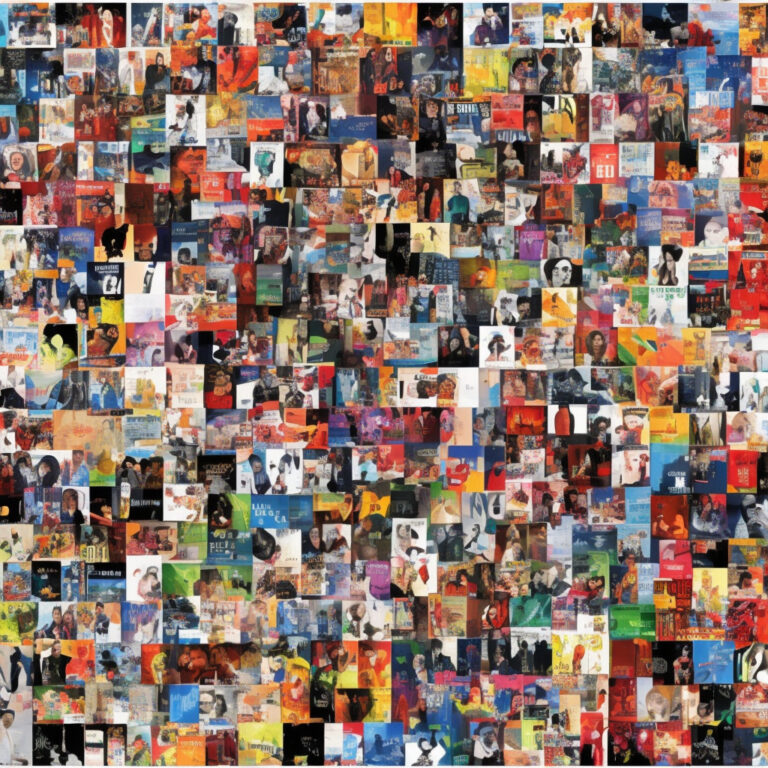
“D’You Know What I Mean?” by Oasis has undoubtedly left its mark on the music industry, both in terms of chart success and impact on listeners throughout the years. Released on July 7, 1997, as the lead single from the band’s highly anticipated third studio album, “Be Here Now,” expectations for the song were sky-high.
And it certainly did not disappoint. Upon its release, “D’You Know What I Mean?” made an immediate splash on the charts. In the UK Singles Chart, the song debuted at the top spot, making it the band’s first ever No. 1 debut. The song spent a total of four weeks at the chart’s zenith, proving its staying power in a competitive time for the music scene. According to the Official Charts Company, it was the fastest-selling single in the UK for 1997, with a whopping 370,000 copies sold in just its first week.
The track also found success across the pond, as it peaked at No. 4 on the US Billboard Modern Rock Tracks chart. In Australia, it reached No. 19 on the ARIA Singles Chart, while in Canada, it shot up to No. 1 on the RPM Alternative 30 chart.
Apart from its chart success, “D’You Know What I Mean?” made history by becoming the first ever song to be played on Radio 1’s digital broadcast. This milestone not only showcased the band’s influence but also signified the dawn of a new era in music distribution and consumption.
In the years since its release, the song has been included in various “best of” lists, proving its enduring impact on both fans and critics alike. In 2014, the Official Charts Company revealed that “D’You Know What I Mean?” was the 66th best-selling single of the 1990s in the UK, further solidifying its place in the annals of music history.
Indeed, the chart performance and trivia surrounding “D’You Know What I Mean?” paint a picture of a song that has stood the test of time and continues to resonate with listeners all across the globe.
Breaking Down the Lyrics
Back into the hole where I was born
The sun in the sky never raised an eye to me
The blood on the tracks, and they must be mine
The fool on the hill and I feel fine
Don’t look back ’cause you know what you might see
Look into the wall of my mind’s eye
I think I know, but I don’t know why
The questions are the answers you might need
Coming in a mess, going out in style
I ain’t good-looking, but I’m someone’s child
No one can give me the air that’s mine to breathe
I met my maker, I made him cry
And on my shoulder, he asked me why
His people won’t fly through the storm
I said listen up, man, they don’t even know you’re born
All my people right here, right now
D’you know what I mean? Yeah, yeah
All my people right here, right now
D’you know what I mean? Yeah, yeah
All my people right here, right now
D’you know what I mean? Yeah, yeah
Yeah, yeah
Coming in a mess, going out in style
I ain’t good-looking, but I’m someone’s child
No one can give me the air that’s mine to breathe
I met my maker, I made him cry
And on my shoulder, he asked me why
His people won’t fly through the storm
I said listen up, man, they don’t even know you’re born
All my people right here, right now
D’you know what I mean? Yeah, yeah
All my people right here, right now
D’you know what I mean? Yeah, yeah
All my people right here, right now
D’you know what I mean? Yeah, yeah
Yeah, yeah
“D’You Know What I Mean?” by Oasis, released in 1997, reflects the spirit of the time and the events of the era it was written in. Serving as the lead single from their third studio album, “Be Here Now,” the lyrics are a blend of introspection, defiance, and a sense of unity.
The opening lines paint a picture of someone returning to their roots and reflecting on their past. Acknowledging the struggles and emotional turmoil, the singer is determined to move forward without looking back.
The chorus, with its repetitive “All my people right here, right now, D’you know what I mean?” creates a sense of unity among listeners. It’s a rallying cry for those who want to stand together and face the challenges that lie ahead.
The lyrics also touch on existential themes, as seen in the lines about meeting one’s maker and pondering questions about life. With lines like “I met my maker, I made him cry,” it’s clear that the band doesn’t shy away from addressing complex issues.
In the context of the era, the late 1990s were marked by a sense of optimism and coming together, largely due to the end of the Cold War and the rise of globalization. The lyrics of “D’You Know What I Mean?” can be seen as an anthem for that time – an encouragement to rise above hardships and come together as one.
Overall, the song’s lyrics encapsulate the defiant spirit and unity of the late 1990s, serving as a reminder that, as individuals and as a collective, we have the power to face our challenges head-on and emerge stronger than ever.
A Visual Extravaganza: The “D’You Know What I Mean?” Music Video
“Oasis’ ‘D’You Know What I Mean?’ music video: an epic post-apocalyptic masterpiece featuring unforgettable helicopter scenes and a testament to the band’s grandiose ambition.”
The music video for “D’You Know What I Mean?” is a true testament to the grandiosity and ambitiousness of Oasis in their prime. Directed by Dom & Nic, the duo who also worked on The Chemical Brothers’ “Hey Boy Hey Girl” video, this visual masterpiece was filmed at the abandoned Beckton Gas Works in East London. The choice of location couldn’t be more fitting, as it lends an air of post-apocalyptic beauty to the video, reflecting the song’s themes of hope and resilience amidst chaos.
The making of the music video was no small feat. With a budget of £100,000, it was one of the most expensive music videos of its time. The production also involved the use of the British Army’s 1st Battalion, Parachute Regiment, who were responsible for the unforgettable helicopter scenes that dominate the video. These jaw-dropping aerial shots, combined with the band’s larger-than-life presence, create an almost overwhelming visual experience that perfectly matches the grandiose sound of the song.
As for the artistic approach, the music video for “D’You Know What I Mean?” takes on a gritty, yet cinematic, tone. The sepia-tinted color palette and stylized slow-motion shots give it an undeniably epic feel. Meanwhile, the interspersed images of desolate landscapes, military helicopters, and even a dog wandering the ruins, paint a picture of a world on the brink of collapse – a fitting metaphor for the tumultuous times the song was released in.
While this powerful music video is an essential part of the Oasis legacy, it has also inspired fans to create their own tributes and interpretations. A quick YouTube search will reveal a plethora of fan-made videos, ranging from lyric videos to acoustic covers, that showcase the enduring impact of “D’You Know What I Mean?” on music lovers around the world.
In conclusion, the music video for “D’You Know What I Mean?” is a testament to the vision and ambition of Oasis, and the direction of Dom & Nic. The Beckton Gas Works setting, along with the military involvement and epic imagery, demonstrates the grandiosity that defined the band during this period. Fan tributes and covers further illustrate the song’s lasting resonance within the music community.
The Mastermind Behind “D’You Know What I Mean?”
Noel Gallagher, the primary composer of Oasis’ iconic song “D’You Know What I Mean?”, is a prolific songwriter and guitarist. As the principal architect behind the majority of Oasis’ discography, Noel has been responsible for penning some of the most memorable and defining tracks in British rock history. A few of his notable compositions include the anthems “Wonderwall,” “Don’t Look Back in Anger,” and “Champagne Supernova.” Apart from his work with Oasis, Noel has continued to expand his musical prowess through his solo project, Noel Gallagher’s High Flying Birds, which has produced hits like “If I Had a Gun…” and “In the Heat of the Moment.” This not only showcases his songwriting abilities but also his dynamic range across different genres and eras in the music industry.
Awards, Accolades, and Cultural Impact
“D’You Know What I Mean?”: A timeless, anthemic rock testament to Oasis’ legacy, boasting accolades, cultural reach, and global appreciation.
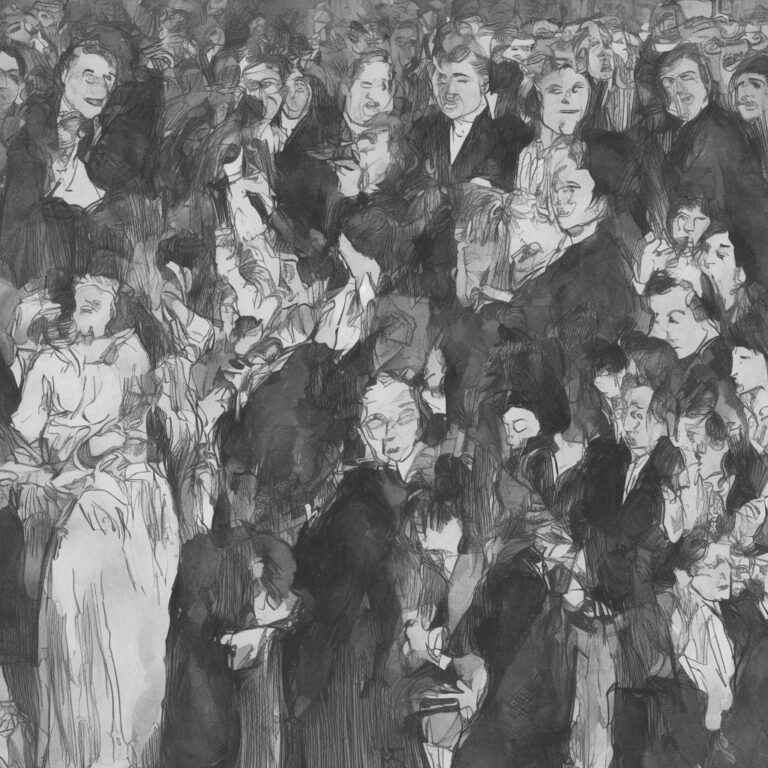
“D’You Know What I Mean?” has definitely left its mark on the music scene, accumulating various awards and accolades over the years. Released as the lead single from Oasis’ third album “Be Here Now” in 1997, this powerful and anthemic rock tune topped the UK Singles Chart, becoming the band’s third number-one single in their home country. Not only that, but it was also certified Platinum in the UK by the British Phonographic Industry (BPI), further solidifying its success.
Throughout the years, the song has been recognized and praised by various publications and entities. For instance, in 2006, Q Magazine ranked “D’You Know What I Mean?” 77th in its list of the “100 Greatest Songs of All Time.” Additionally, in 2012, the NME ranked the song 131st in its list of the “500 Greatest Songs of All Time.”
In terms of its presence in popular culture, “D’You Know What I Mean?” has made its way into various forms of media. The song was featured in the 1997 film “A Life Less Ordinary,” starring Ewan McGregor and Cameron Diaz. It was also included in the video game “Guitar Hero Live” as a playable track in 2015, allowing fans to indulge in their inner rock star and play along with the memorable tune.
As for cover versions, a notable example would be the rendition of the song by the all-female British tribute band, “No Way Sis,” who performed “D’You Know What I Mean?” among other Oasis hits during their live shows. There is also a cover version by Italian ska and reggae band “Casino Royale” featured on the 2007 tribute album “Rewind: The Best of Italian Music.” These interpretations showcase the ongoing fascination and appreciation for this iconic song, as well as its continuing relevance to music enthusiasts around the world.
Overall, “D’You Know What I Mean?” has undoubtedly made a lasting impact on the world of music and popular culture. Its various awards, accolades, and appearances in different forms of media attest to its enduring significance and the legacy of Oasis as one of the greatest rock bands of all time.
Breaking Down the Musical Structure
With a keen ear for detail, one can easily identify the rich and complex musical structure of “D’You Know What I Mean?” that has made it a fan favorite. The song is written in the key of G Major, which is known for its uplifting and powerful progression. The primary chords used in this composition are G, D, C, and Bm, providing a simple yet effective foundation for the song’s expressive melodies.
The intro of the song immediately captivates the listener with a reversed sample of the guitar riff from another Oasis song, “Wonderwall.” This clever nod to their previous work adds a layer of intrigue and nostalgia for fans. The drums kick in at a moderate tempo of around 86 beats per minute, with a driving rhythm that propels the song forward and sets the tone for the rest of the track.
As the song progresses, the tempo remains consistent while the chord structure is varied slightly during the pre-chorus and chorus sections. The pre-chorus features a shift in the progression to G, D, Em, and C, while the chorus maintains the original chords, but with a different order (C, G, D, and Bm). This subtle change helps to keep the listener engaged and adds depth to the overall composition.
One of the most notable aspects of “D’You Know What I Mean?” is the layering of the guitars. Oasis is known for their love of multi-layered guitar tracks, and this song is no exception. The main riff is played on electric guitar with a heavy use of distortion and power chords, while the second guitar plays a more melodic line that complements the lead vocals. Additionally, the track features a tasteful use of acoustic guitar during the verses, adding texture and warmth to the mix.
Another key element to discuss is the song’s vocal arrangement. Liam Gallagher’s distinctive vocal style is, of course, one of the defining features of Oasis, and his passionate delivery in “D’You Know What I Mean?” adds a raw and emotional quality to the song. The backing vocals, provided by his brother Noel, harmonize perfectly with Liam’s lead, creating a powerful and memorable chorus.
In summary, the musical structure of “D’You Know What I Mean?” is a prime example of Oasis’s ability to create anthemic and emotionally charged songs. The combination of a strong chord progression, layered guitars, and passionate vocals make this track a standout in their discography and a timeless classic for fans and music lovers alike.

